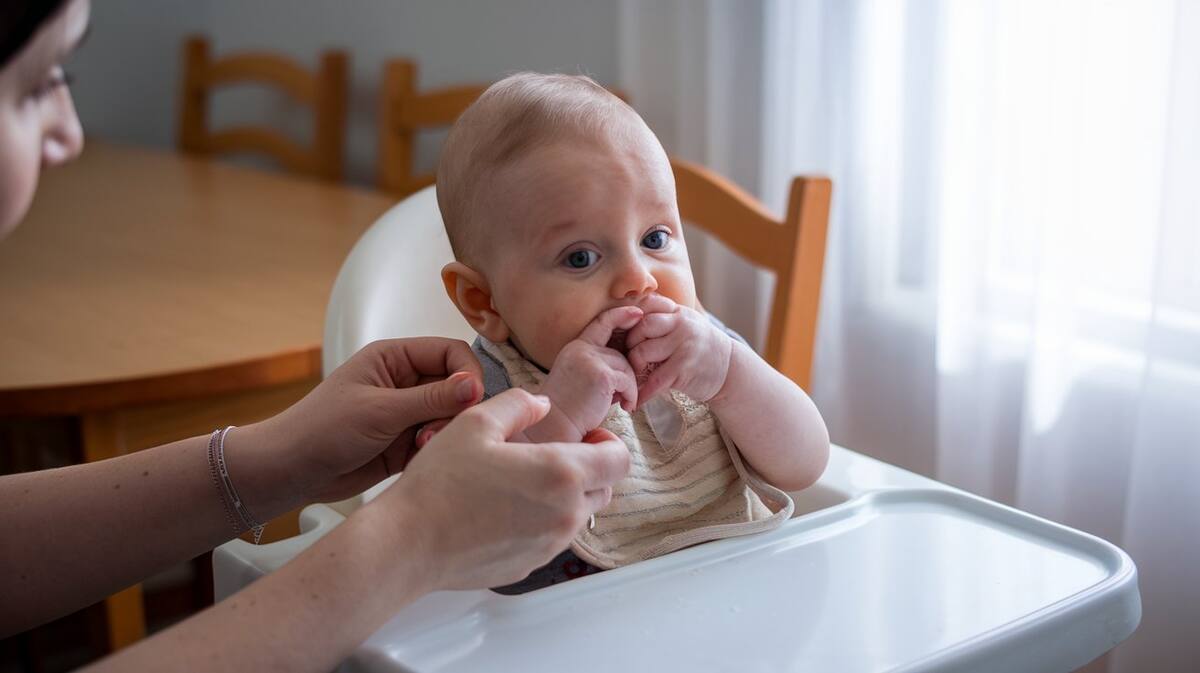Bottle feeding is common among caregivers, but it can be distressing when a baby starts crying during feeding time. Understanding why babies cry and how to soothe them is essential for creating a peaceful and enjoyable feeding experience. In this blog, we’ll explore five proven techniques to Soothe a Baby Crying While Bottle Feeding and turn this essential task into a cherished bonding moment.
Understanding Why Babies Cry During Bottle Feeding

Babies cry during feeding for a variety of reasons. They might be hungry, uncomfortable, fatigued, overstimulated, or need attention. For example, a baby might cry if the milk flow is too fast, causing them to choke or too slow, leading to frustration. Identifying the core reason is crucial to resolving the issue effectively. Let’s delve into the techniques that can help.
Technique 1: Ensure Proper Feeding Position
The feeding position plays a significant role in your baby’s comfort. Holding your baby in a semi-upright position helps reduce discomfort and minimizes the risk of gas buildup and reflux. Here’s how to achieve the correct feeding position:
- Support your baby’s head with your arm or a feeding pillow.
- Keep their head slightly elevated to prevent air swallowing.
- Tilt the bottle to ensure the nipple is always filled with milk.
- Using the correct feeding position helps your baby stay comfortable and reduces the likelihood of regurgitation, which can cause crying.
Technique 2: Create a Calm and Comfortable Environment
A peaceful environment can make a world of difference during feeding. Babies are susceptible to their surroundings, and a calm atmosphere helps them focus and relax. Follow these tips to create the ideal feeding environment:
- Choose a quiet, well-lit room with minimal distractions.
- Dim the lights or pull the curtains to reduce overstimulation.
- Play soft, soothing music or white noise to calm the baby.
- Avoid loud noises, such as TV sounds or loud conversations.
A peaceful environment helps babies feel secure and makes feeding time more enjoyable.
Technique 3: Address Possible Discomfort or Pain
Discomfort is a common reason infants cry during bottle feeding. Addressing these issues can make feeding your baby more pleasant. Here’s what to look for:
- Diaper Check: Ensure your baby’s diaper is clean and dry.
- Clothing: Check for tight clothing or tags that may irritate their skin.
Burping: Burp your baby at regular intervals during feeding to release trapped gas. - Bottle Nipple Flow: Ensure the nipple flow matches your baby’s age and preferences to prevent frustration.
Taking care of these factors can significantly reduce crying attacks.
Technique 4: Utilize Soothing Techniques and Distractions
Soothing techniques can help divert your baby’s attention and provide comfort during feeding. Experiment with these strategies to see what works best for your baby:
- Gentle Touch: Stroke or pat your baby’s back in a rhythmic motion to reassure them.
- Soft Talking or Singing: Speak to your baby in a calming tone or sing a lullaby.
Pacifier: Offer a pacifier between feeding breaks to provide extra comfort. - Eye Contact: Maintain gentle eye contact to create a sense of security.
These techniques can help calm your baby and make feeding time more enjoyable.
Technique 5: Establish a Consistent Routine
Babies thrive on routine, and a consistent feeding schedule can help reduce crying attacks. How to establish a predictable routine:
- Set Regular Feeding Times: Stick to a consistent feeding schedule each day.
- Follow a Pattern: Incorporate feeding, burping, and comforting into a predictable sequence.
- Stay Calm and Positive: Your demeanor matters; a calm caregiver helps create a stress-free experience.
Consistency helps babies feel secure, making feeding sessions more predictable and enjoyable.
Conclusion
Crying during bottle feeding can be challenging, but with tolerance and the proper techniques, you can create a peaceful and positive experience for your baby. By ensuring adequate feeding positions, creating a calm environment, addressing discomfort, using soothing techniques, and establishing a routine, you’ll be well-equipped to handle feeding challenges effectively. Remember, every baby is unique. It may take time to discover what works best for you. For persistent crying or feeding issues, consult a pediatrician. You can turn bottle feeding into a cherished bonding time with your little one with love and care.












